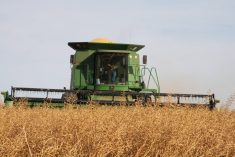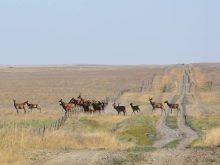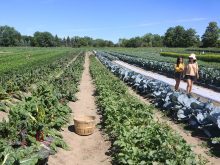BUENOS AIRES, Argentina (Reuters) — Dry weather in recent weeks and scant hopes of significant rains for the rest of the month in Argentina’s soybean belt are igniting fears of a “productive disaster” akin to that in 2018, the Rosario grains exchange (BCR) said.
Argentina, the world’s top soybean oil and meal exporter, already saw its 2021-22 campaign bruised by drought and heat waves from December until mid-January, when rains finally arrived. However, those have dissipated again this month.
“There’s new bad news for Argentina concerning the weather. La Nina has gained ground and its impact will not be diminished, like we thought up to just some days ago,” the exchange said in a monthly report.
Read Also

New program aims to support plant-based exports to Asia
Understanding the preferences of consumers in Taiwan and how they differ from Indonesia or Malaysia isn’t easy for a small company in Saskatchewan.
“The ghost of the productive disaster of 2018 is surrounding 2021-22 soy,” it added, referring to the drought that drove the harvest below 38 million tonnes. The current forecast, already cut sharply in January, is for 40.5 million tonnes.
Farmers and weather forecasters had hoped for stronger rains in the second half of February, though concern is growing they may not materialize, with large swaths of Argentina’s normally lush Pampas grasslands already dry.
In the provinces of Santa Fe, Cordoba and Entre Rios “the situation is still very delicate, with soil conditions ranging from scarce (humidity) to drought,” the exchange said, adding northern Buenos Aires province had received adequate rains.
In its monthly report, the BCR held its estimate for 2021-22 corn harvest at 48 million tonnes but warned that low yields from some unusually early harvests because of the dry weather were “not a good sign.”
Last month, the exchange lowered its estimate for corn production by eight million tonnes due to the December-January drought. Argentina is the world’s second largest corn exporter.
“We need to wait for the corn harvest to be further advanced in order to have a clear picture of results,” the exchange said.

















